|
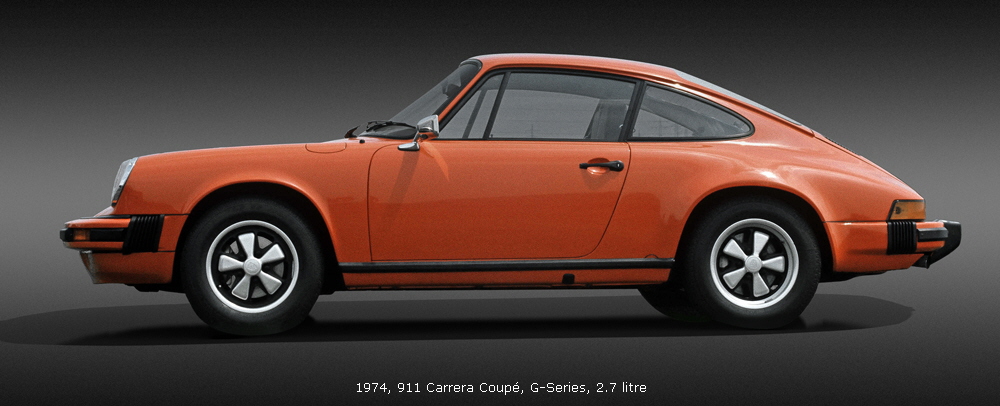
Porsche 911 : G series (1973-1989)
The next generation - Ten years after the car made its premiere, the Porsche engineers gave the 911 a comprehensive makeover. Known as the
'G-model', the new generation 911 was built from 1973 to 1989 – a longer period than any other. A particular feature of this evergreen was the
striking bellows-style bumpers – an innovation created in order to comply with the latest US crash test requirements. Three-point safety belts fitted
as standard and seats with integrated headrests also provided increased occupant safety. A further milestone in the car's history came in 1974,
when Porsche brought out the first 911 Turbo with a three-litre engine, 260 hp and a striking rear spoiler. With its unique combination of luxury and
performance the 'Turbo' became a synonym for the Porsche brand. In 1977 came the next performance level: the 911 Turbo 3.3 was given a charge
air cooler and at 300 hp was the highest performance car of its class. On the naturally aspirated side the 911 Carrera re placed the SC in 1983 and,
having an engine capacity of 3.2 litres and 231 hp, became a muchloved collector's piece. Lovers of fresh air were able to buy this 911 as a
convertible from 1982. In launching the 911 Carrera Speedster in 1989, Porsche was building on a legend.
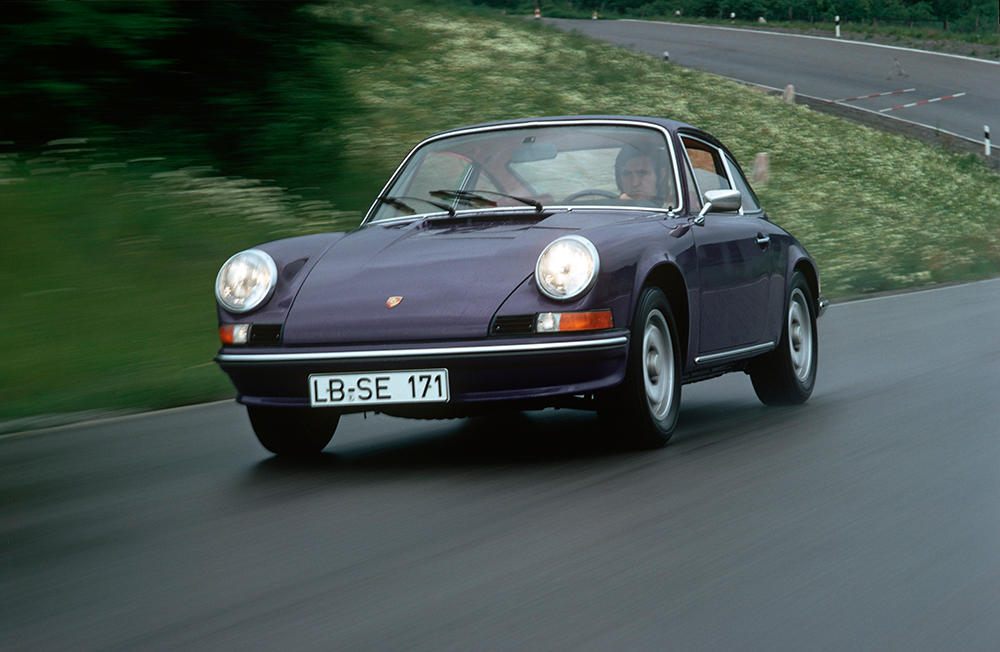
1973, 911 E Coupé, 2.4 litre
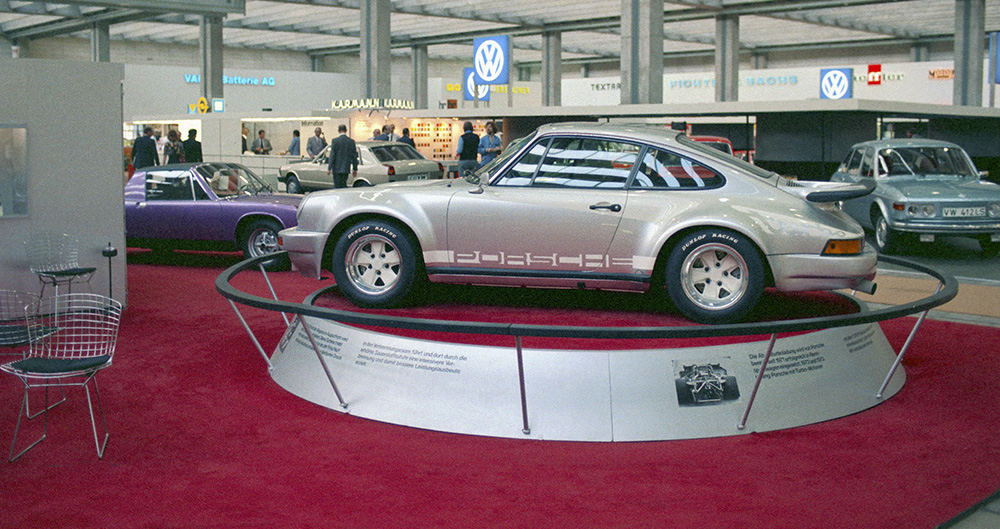
1973, 911 Turbo Coupé, 3.0 litre
1973: Turbocharging
Engineers searching for the "ideal charge" – optimum combustion of the air-fuel mixture – is almost as old as the combustion engine itself. The
technicians aim to get as much air as possible into the cylinders so that, when it is compressed and mixed with fuel, it can create a high operating
pressure and therefore high output by means of combustion. The 911 Turbo, presented in 1973, was a forward-looking study as its 3-litre turbo
engine boasted charge pressure control on the exhaust side which had previously been thoroughly tested in the motor racing sector. With the 911
Turbo, which was ready for series production in 1974, Porsche was the first car manufacturer to successfully adapt the turbocharger to the various
driving states. Instead of the conventional intake-side control, the company developed exhaust-side charge pressure control. This prevented
unwanted excess pressure during partial load or overrun by guiding excess exhaust gases via a bypass instead of through the exhaust gas turbine.
When charge pressure was needed again during an acceleration phase, the bypass valve closed and the turbine could work to its full capacity in the exhaust stream.
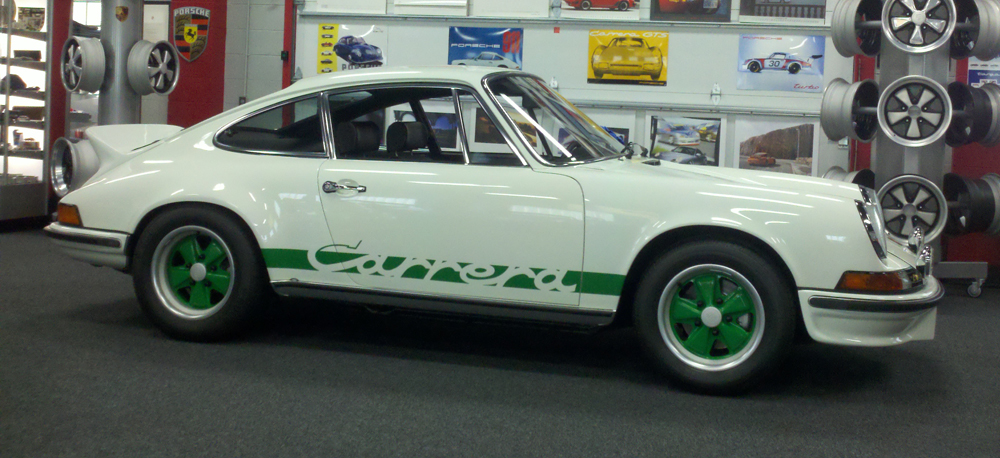
1973 911 RS
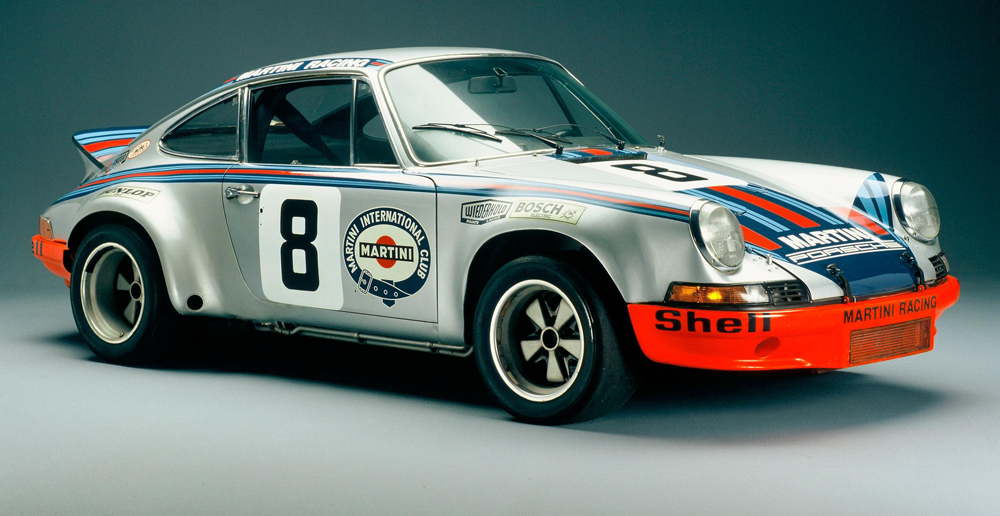
1973 Porsche 911 RSR
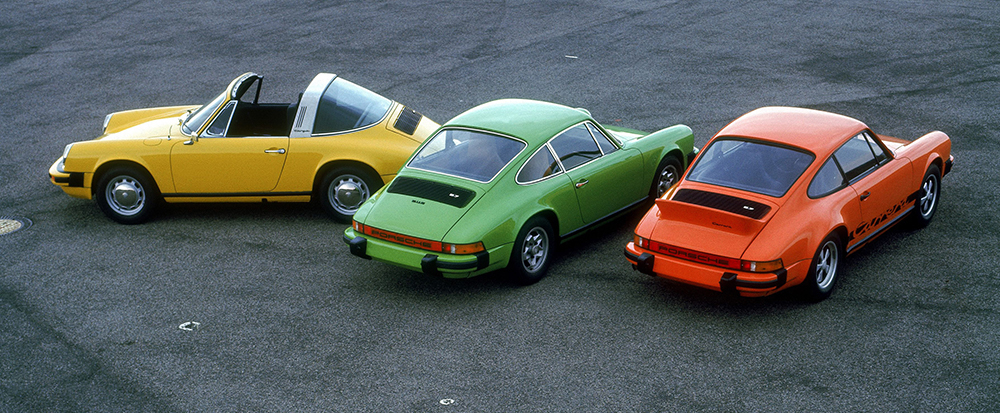
1974, 911 Targa, 911 S Coupé, 911 Carrera Coupé
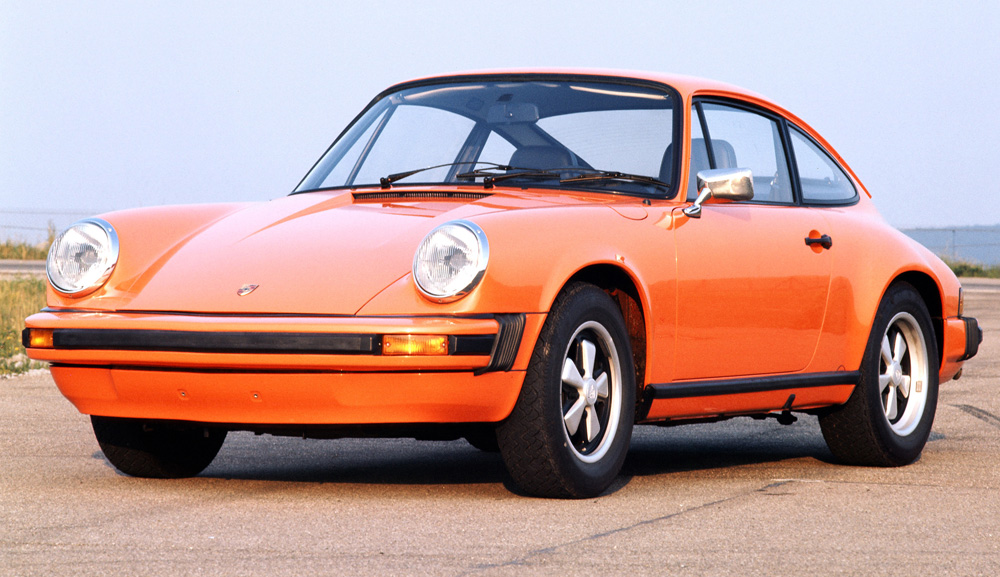
1974, 911 Carrera Coupé, G-Series, 2.7 litre (2)
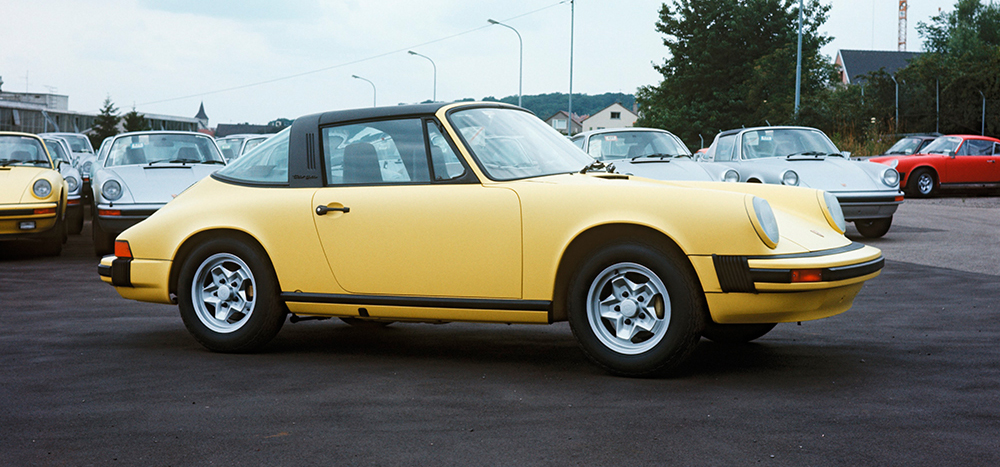
1975, 911 Targa, 2.7 litre
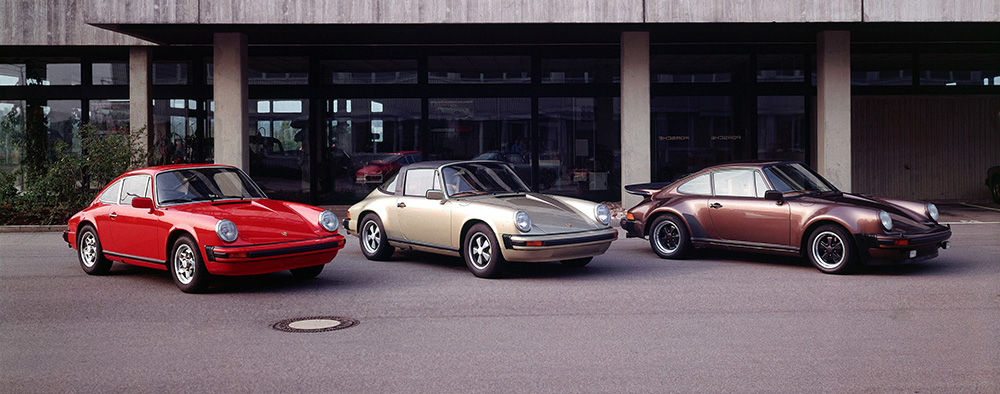
1976, Porsche 911 Models
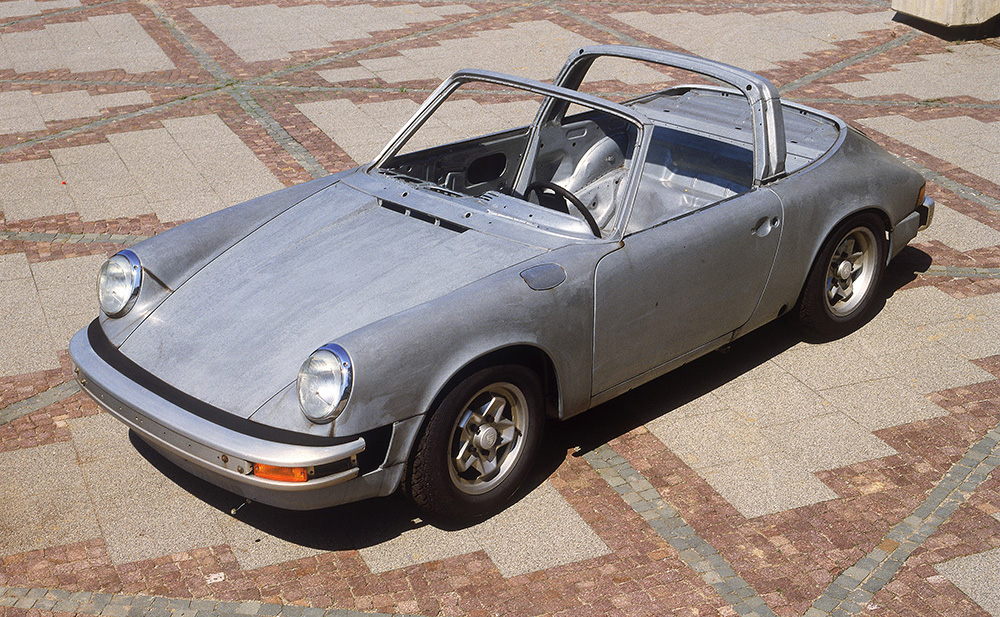
1976, Porsche 911, Galvanised Body
1975: Galvanised body
In 1975, Porsche responded to the issue of corrosion with emphatic success. The 911 was the first series production car to be given a body which
was galvanised on both sides – allowing Porsche to offer a six-year corrosion warranty which was extended to seven years for the 1981 model year
and then later to as much as ten years. The treated body-in-white not only improved the service life but also vehicle safety as the process
preserved the overall rigidity and the crash safety characteristics of the body, despite vehicle aging. It plays a part in the reputation of the 911 as
being an extremely durable vehicle – two thirds of all the 911 cars ever built are still licenced for road use today. Extensive tests were carried out
before the body was launched for series production. This included trials with stainless steel as the body material – three shiny silver prototypes were
made from this material, one of which can be seen today at the Deutsches Museum in Munich. However, the engineers decided not to use stainless
steel but to galvanise the body-in-white as this was easier to produce. Driving the prototypes through a bath of salty water to test the resistance to corrosion is a legendary part of the test course in Weissach.

1978, 911 Turbo Coupé, 3.3 litre
1977: Charge air cooling
One of the secrets of the success of the 911 series is that it has been enhanced constantly and systematically. Each year, lots of small details on
the 911 have been improved so that it has become closer and closer to Ferry Porsche's ideal image of a perfect sports car. This philosophy was also
applied to the 911 Turbo. The main features of the 911 Turbo, reworked in 1977, were an increased displacement of 3.3 litres and a charge air cooler
positioned underneath the rear spoiler. Derived from the field of motor racing, it was a world first in a series production car. The charge air cooler
reduces the intake air temperature by up to 100 degrees Celsius, thus enabling the engine to achieve higher output and torque in all engine speed
ranges – cooler gases are denser and therefore charge the engine more effectively. The result was a stable 300 hp at 5,500 rpm and a maximum
torque of 412 Newton metres. Furthermore, the charge air cooling also reduces the thermal load on the engine. The exhaust gas temperatures fall, as
do the emissions, and fuel consumption is reduced. Another advantage is the improvement in antiknock properties – excess temperatures causing the mixture to self-ignite is virtually ruled out.
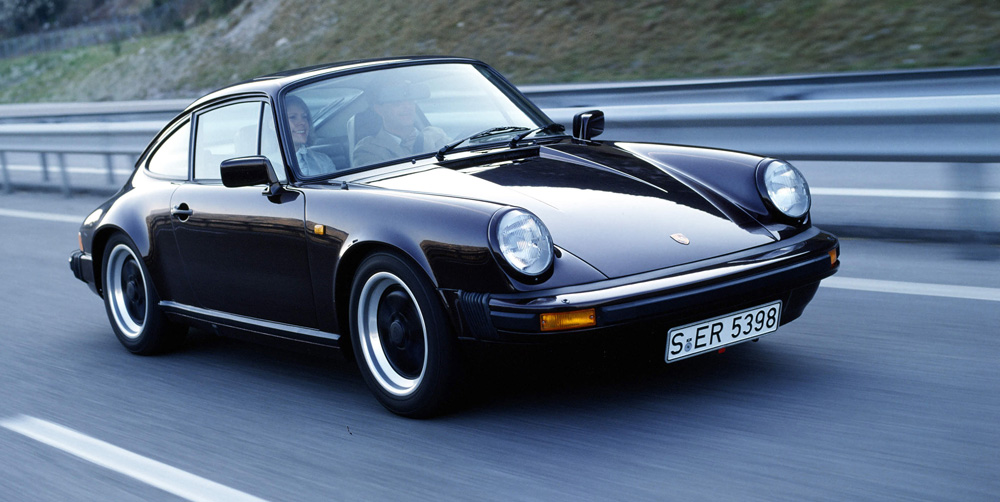
1982 911 Carrera S Coupé, G-Series, 3.0 litre
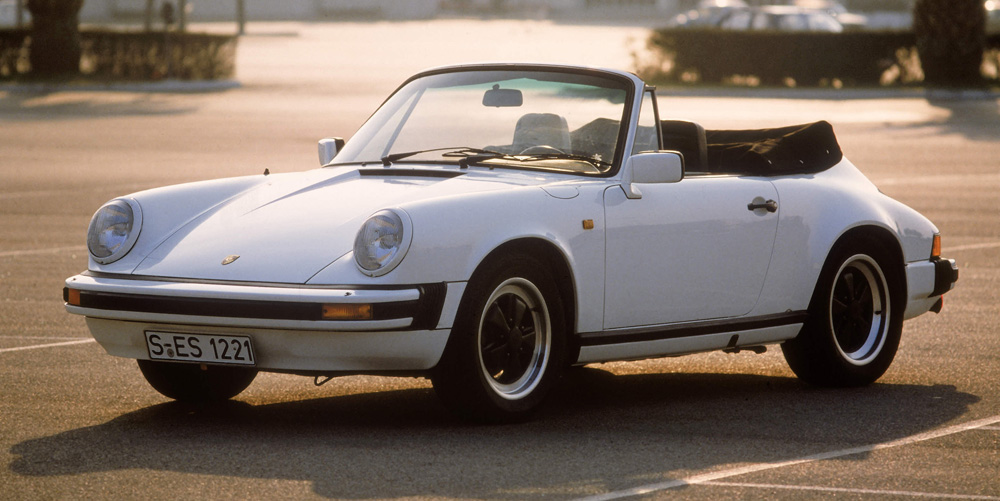
1983, 911 Carrera S Cabriolet, G-Series, 3.0 litre
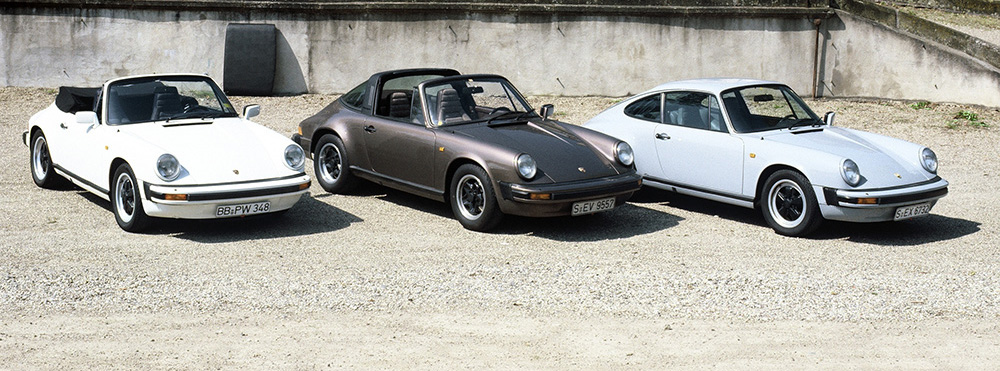
1983, 911 SC Cabrio, Targa, Coupé
1983: Digital engine electronics
Digital engine electronics (DEE) celebrated its debut in 1983 with the new naturally aspirated engine with 3.2-litre displacement. Its most important
advantages were better fuel consumption, cleaner combustion and therefore maximum power output. The system worked with a shared control unit
which all the engine's operating states were programmed into. The correct injection quantity and the exact ignition point were assigned to each
engine speed, each accelerator position and temperature. The overrun fuel cutoff, i.e. no fuel was consumed when the engine was overrunning, and
electronic idle speed control when auxiliary components were activated were useful additions provided by the digital engine electronics. The knock
control system ensured "healthy" engine operating conditions. DEE is combined with various injection systems, depending on the engine.
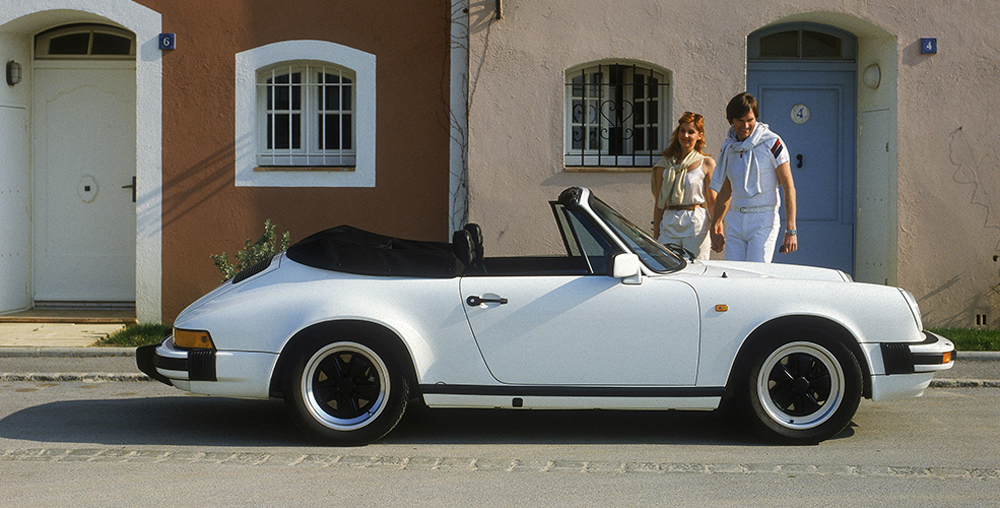
1983, 911 SC Cabriolet, 3.0 litre
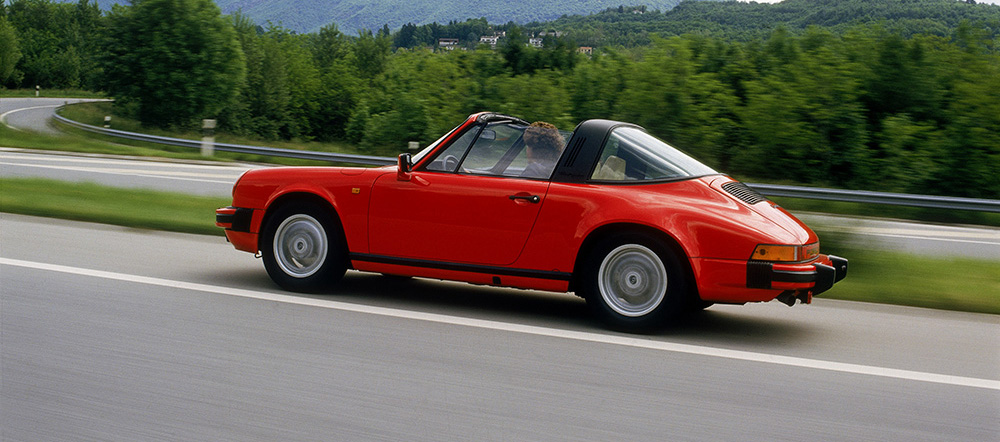
1984, 911 Carrera, 3.2 litre Targa
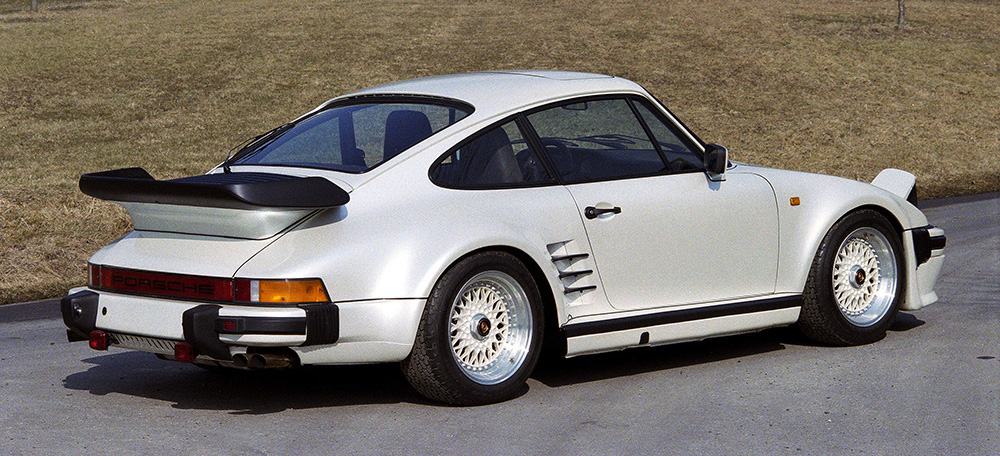
1985, 911 Turbo Coupé, 3.3 litre, Flatnose
- Porsche 911 Turbo 3.0 Coupé
- Year of production: 1976
- Power unit: six-cylinder boxer engine, turbocharged
- Capacity: 2994 cc
- Output: 260 bhp (191 kW)
- Top speed: 250 km/h (155 mph)
Porsche's first production car to use an exhaust gas turbocharger for extra power developed an almost incredible 260 bhp at the time. And indeed,
the 911 Turbo was a bold move in the days of the energy crisis. The 911 Turbo immediately took over the top position within Porsche's model range,
benefiting from technology proven in motorsport. Apart from the turbocharged power unit, this technology was to be admired above all on the brakes and the car's streamlining
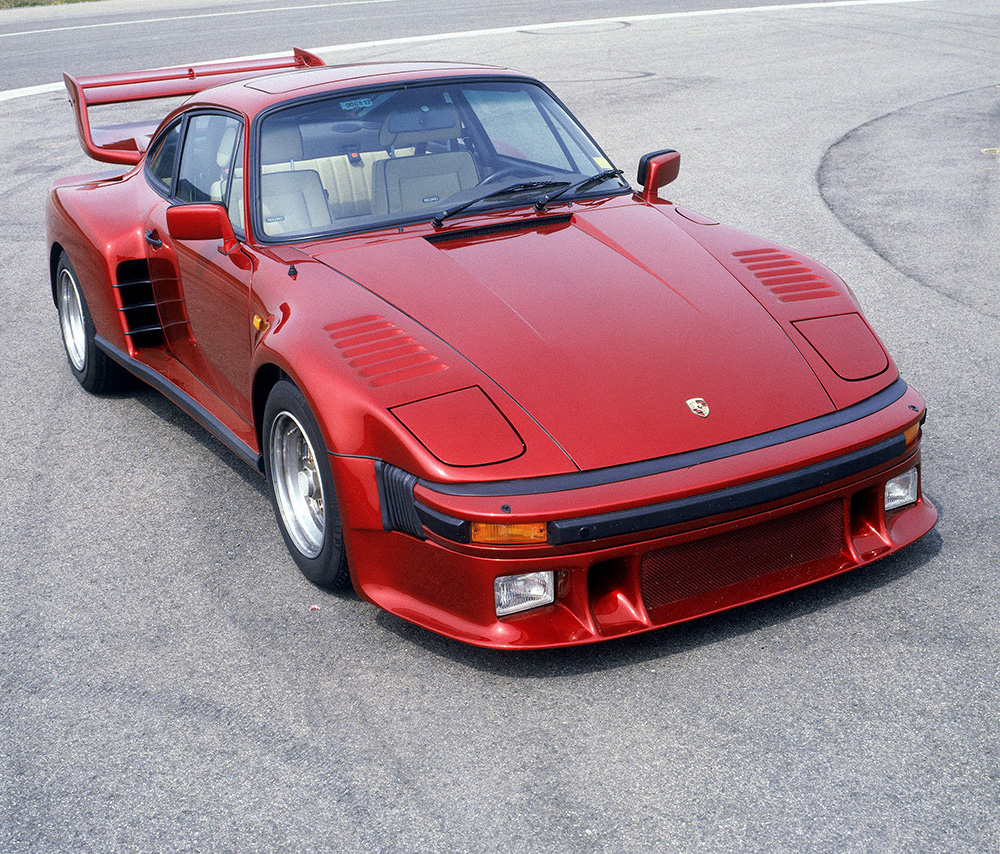
Highly Coveted Model by Porsche Exclusive; 911 Turbo "Flachbau" based on a type 935 race car.
This low-profile variant of the type 930. 984 units of this model were sold between 1982 and 1989.
911 classis | > G series | Type 964 | Type 993 | Type 996 | Type 997 | Type 991
|

















